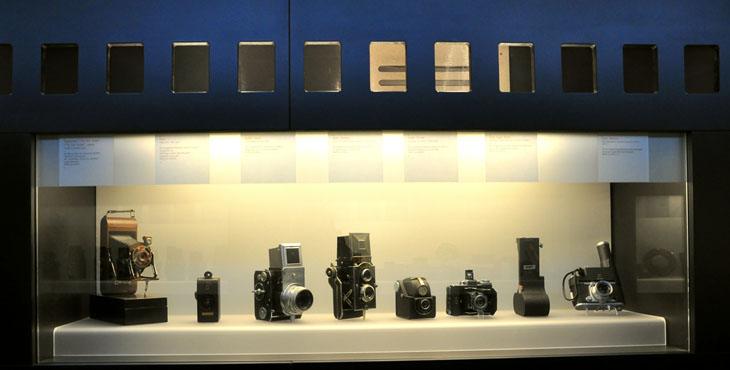With the contemporary ability to manipulate photos by using Photoshop and other methods, it is only natural for you to wonder what the proper ethical boundaries are. After all, photo manipulation typically involves editing images in a way that creates an illusion.
Photo manipulations can occur during a shoot based on equipment settings. But the potential for ethical questions arises primarily from post-shoot image manipulation. If a digital photo manipulation creates an image that is misleading or deceptive, reviewing the ethics of the situation is always the right thing to do.
A Bit of History
The ethical debate regarding photo manipulation is not new. The American Civil War provides numerous early examples of retouching photographs by methods such as double-exposures and ink. A famous situation involving Abraham Lincoln appears to be the original case of deceptive photo manipulation — the body of John C. Calhoun combined with the head of Lincoln.
Before the invention of computers, photo manipulations involving scratching of Polaroids were common. Digital retouching made its entry during the 1980s with early personal computers and imaging workstations. Eventually Adobe Photoshop emerged on the Apple Macintosh line of computers — and photoshopping was born!
Photoshopping!
Adobe’s superb photo editing software — Photoshop — made it easy to manipulate photos quickly and easily. However, this software package is not the only game in town, and professionals use other programs such as Corel Photopaint and Paint Shop Pro to manipulate images. Nevertheless, the term “photoshopping” is now used widely to refer to digital retouching of photographic images. However, Adobe Systems discourages use of this term because of trademark concerns.
Whatever you choose to call digital photo manipulation, the practice has been criticized by some groups when photoshopping is taken to an excessive level. A prominent example involves the American Medical Association. The AMA adopted a new policy in 2011 that was designed to discourage advertisers from using images with alterations that promote “unrealistic expectations of appropriate body image.” An ethical question remains whether self-esteem issues and eating disorders are impacted negatively by image manipulation.
Crossing Ethical Boundaries
What should you do when you have ethical doubts about manipulating images? Here is one suggestion from best-selling author Harvey Mackay: “Ethical decisions ensure that everyone’s best interests are protected. When in doubt, don’t.”
In many cases such as photo journalism, a solid code of ethics provides helpful guidance about appropriate boundaries. If you look toward ethical theories for help, doctrines such as deontology, consequentialism and virtue theory can shed light on how everyday issues regarding photo manipulation can be understood more clearly. The views of utilitarianism provide “serving the greater good” as a possible justification for photojournalists to manipulate images if the action maximizes news value for an expanded audience.
However, the very nature of how a camera works means there will always some distortion or illusion. With any optical or mechanical device, practical physical limitations of the equipment will produce some manipulation of reality.
An Ethical Solution
The best solution to any problem is frequently the simplest one. With that spirit to guide you, here are some simple rules for ethical photo manipulation:
- An unflattering photo often needs help.
- Simple manipulation is acceptable.
- Full disclosure of photo manipulations is the best policy.
Reuters and the National Press Photographers Association have established “best practices” and a code of ethics to elevate ethical standards to the highest level. For example, these policies define what is allowed (example: minor color correction) and not allowed (example: airbrushing). Please refer to these Reuters’ best practices below:
| ALLOWED: | NOT ALLOWED: |
| Cropping | Additions or deletions to image |
| Adjustment of Levels to histogram limits | Cloning & Healing tool (except dust) |
| Minor color correction | Airbrush, brush, paint |
| Sharpening at 300%, 0.3, 0 | Quick Mask |
| Careful use of lasso tool | Excessive lightening/darkening |
| Subtle use of burn tool | Excessive color tone change |
| Adjustment of highlights and shadows | In-camera sharpening |
| Eye dropper to check/set gray | In-camera saturation styles |
Your final ethical solution will frequently be based on why you took the picture and what you plan to do with it.
– Photo Wizard

